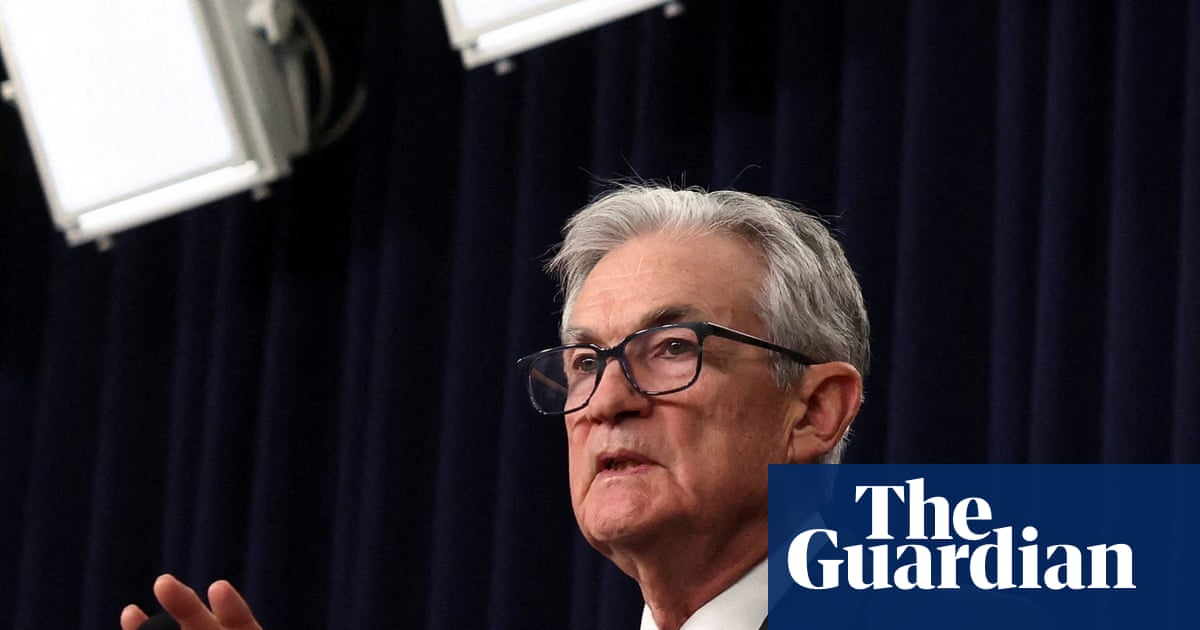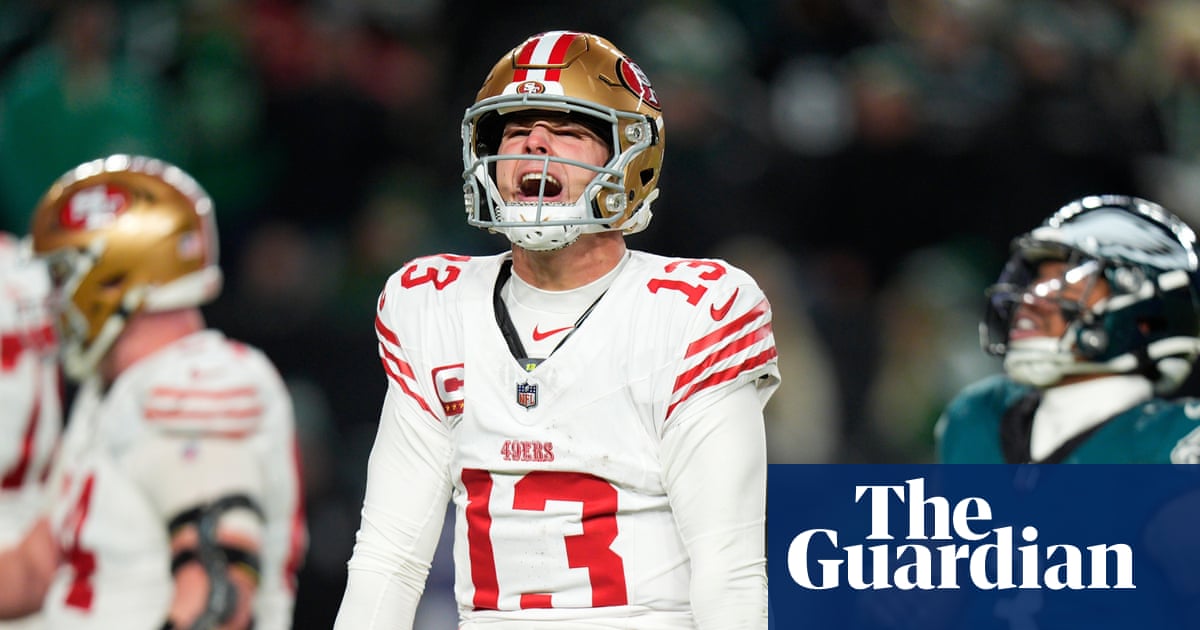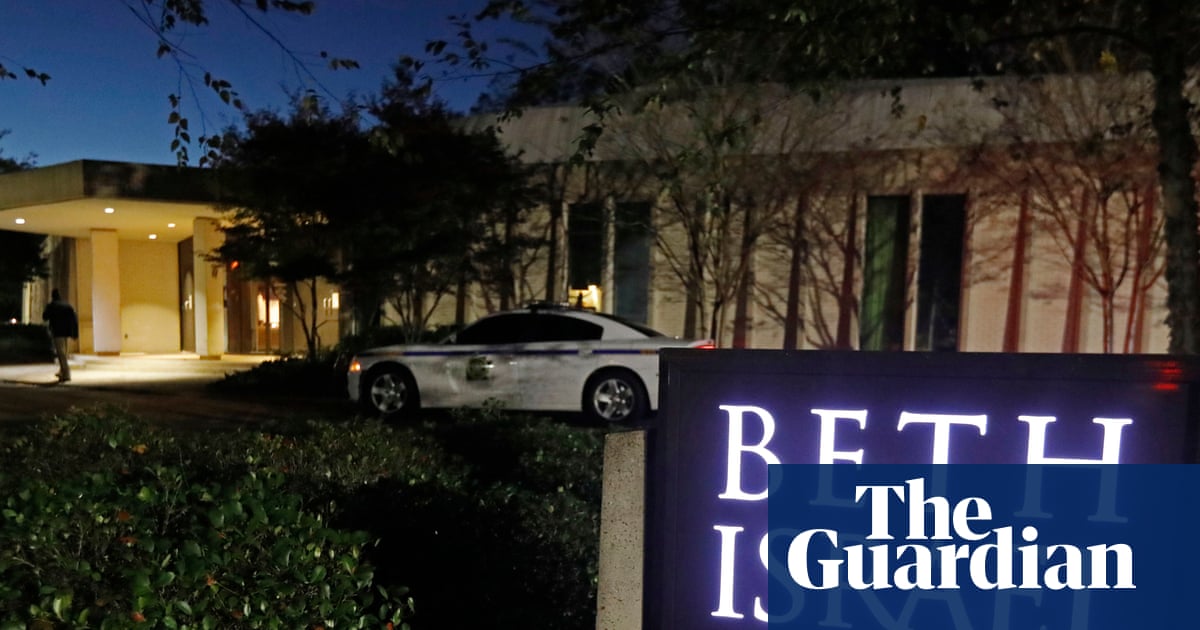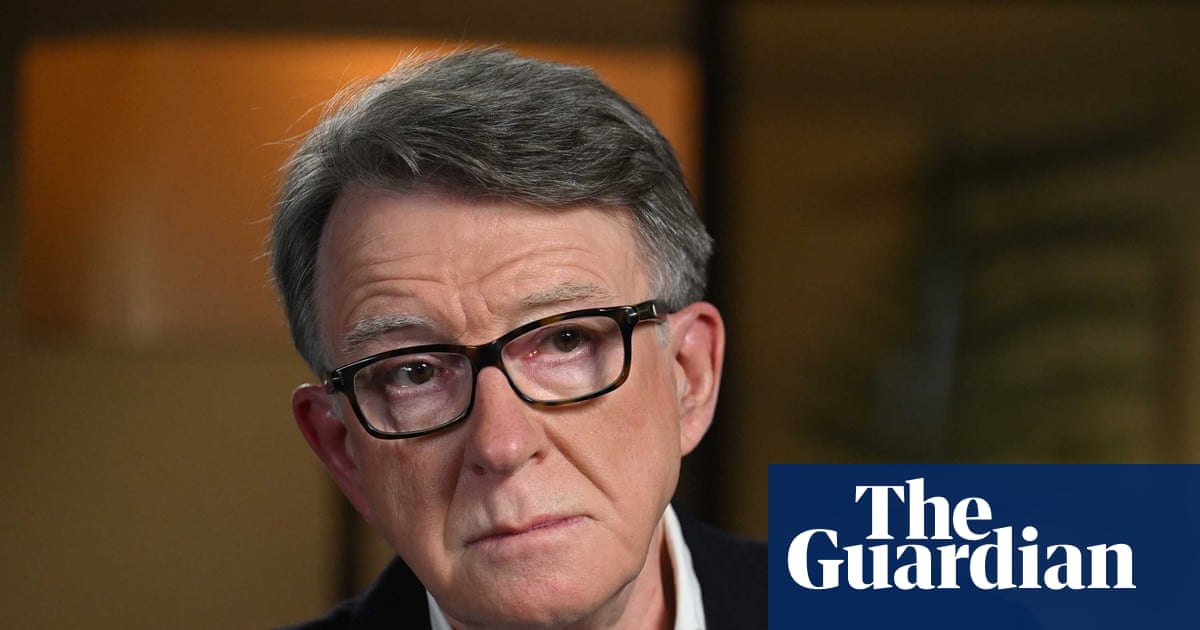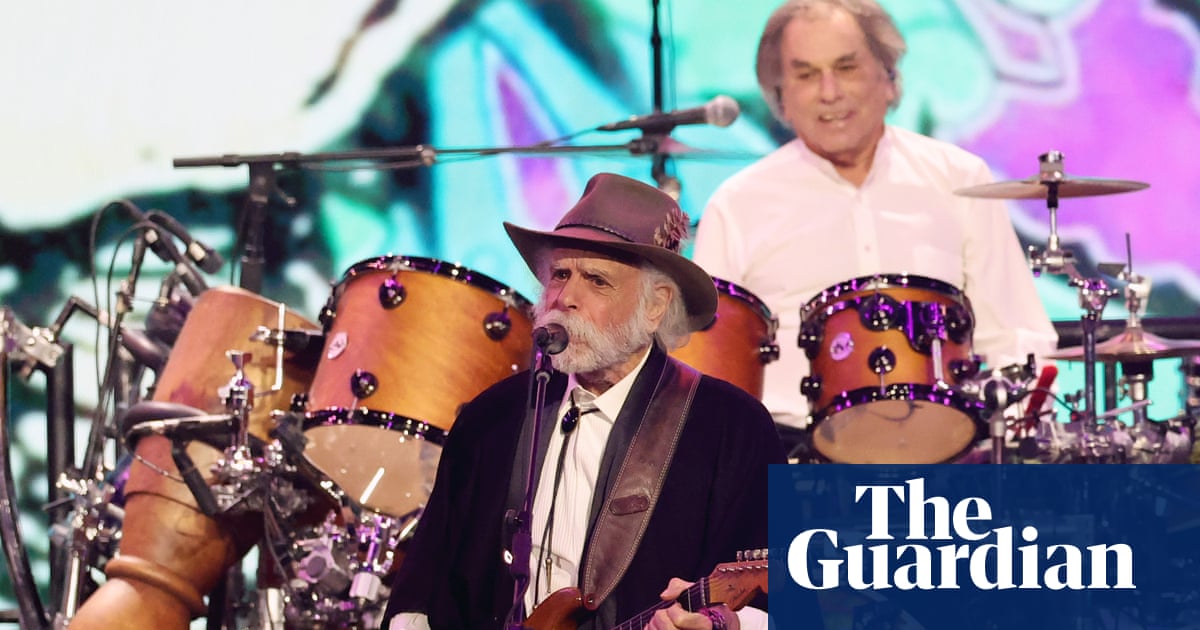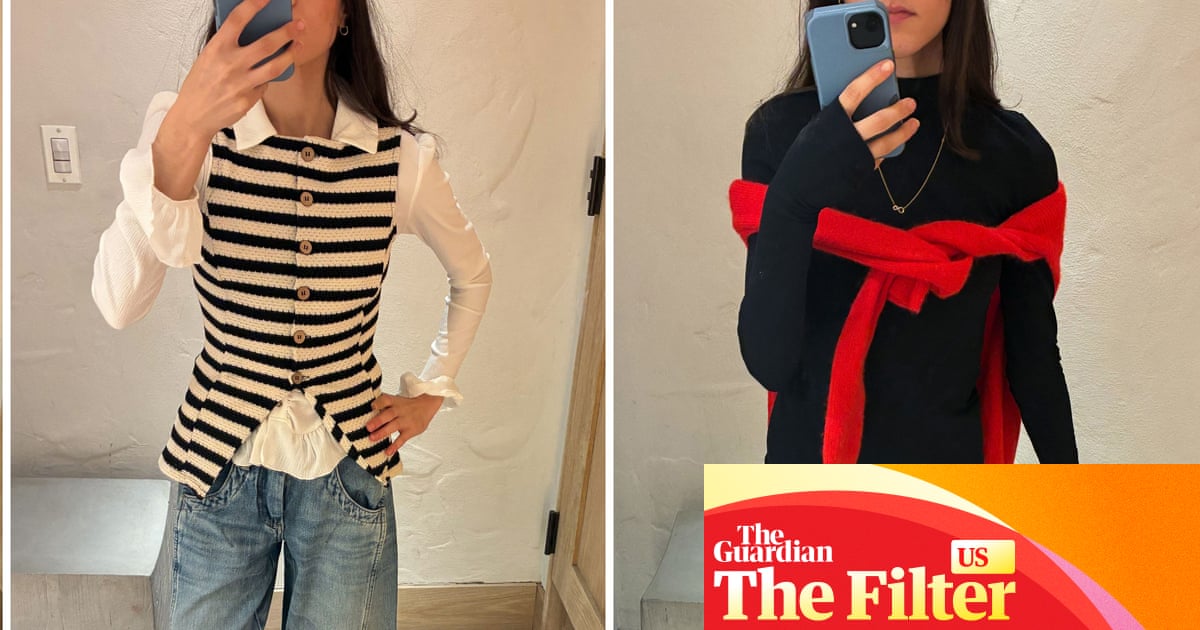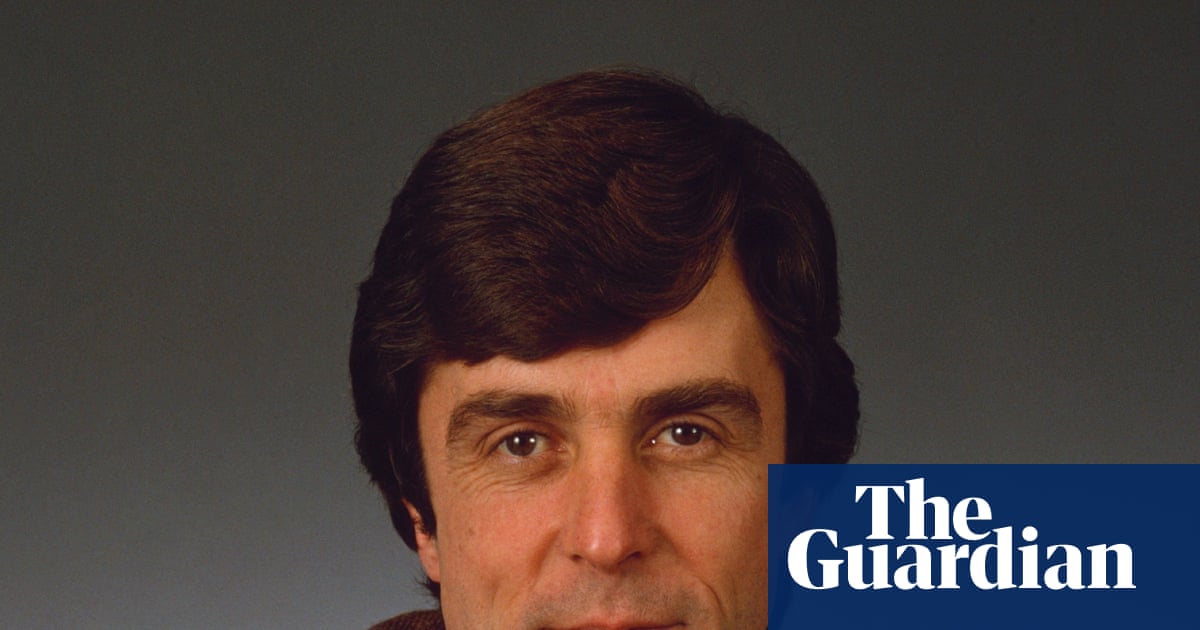Robert Redford, who died this week at the age of 89, was, as well as being one of Hollywood’s brightest stars both in front of and behind the camera, graced with “all-American good looks [that] couldn’t be ignored” as the BBC wrote. Breaking through in the “new Hollywood” era, his luscious blond curls, defined jawline and gentle, charming smile provided him the typical pretty-boy advantages that beauty offers for a career in entertainment, though his talent and zest for acting pushed him further still.
It was his role as the gunslinging, sharpshooting Sundance Kid in 1969, alongside the more established Paul Newman, which propelled him to fame – though the film’s creator, William Goldman, had dismissed Redford as “just another California blond … throw a stick at Malibu, you’ll hit six of him”. Yet what comes through about Redford in the commentary and obituaries following his death is this sense that he transcended his beauty; that he defied the blank California Ken doll archetype to become genuinely prodigious within US cinema.
It is then easy to understand why Redford appeared to undermine his own beauty and reject his status as a sex symbol. In the way he presented himself he did little to undo the perception of him as a symbol of male elegance: indeed, a Financial Times piece about his incredible style – published, incidentally, the day before his death – evidences that he was active in the selection of fine tailoring. But beauty was still something of a prison. In an interview with the New York Times in 1974, Redford stated that “this glamour image can be a real handicap. Image is crap”, and he was repeatedly disdainful of the fact that his appearance often prevented him from being taken more seriously.
A New Statesman piece bizarrely laments that Redford represented the last of a tradition of male “beauties we could count on”, seemingly because such beautiful men were an embodiment of virtue and trust. And there is a Telegraph piece by Joan Bakewell, who interviewed him in the 1970s and writes that “he was … good looking, but he took his job as a film star seriously”, as though it is remarkable or contradictory for a beautiful person to care about anything other than their face. There is this strange tendency to pit beauty against other qualities – as though a person is a balance sheet, and a better face must mean less talent or brains. But when do we ever observe this in our real lives? Think of the beautiful people you know and think of everything else they can do. Why is the fact that beauty is one quality among many something that people must always strive to prove, when we all simply know it to be true?
It is not that there has been a shortage of coverage of Redford’s achievements in Hollywood, from his dexterous performances and his advocacy of independent cinema to his Sundance film festival; nor of his environmentalism or championing of Native American and LGBTQ+ rights. But such consistent emphasis on beauty goes against the kind of figure Redford attempted to be throughout his career. He refused to be typecast as a “pretty boy”, preferring more substantial and challenging work, such as portraying a journalist investigating the Watergate scandal in All the President’s Men. He even initially turned down the role as Barbra Streisand’s Waspy romantic interest in The Way We Were, only agreeing once the character was transformed from “a Ken doll with no dimension” to something more flawed and complex.

I think this matters not only in framing how we remember Redford, but because discussions about male beauty and how society interacts with it feel continually underdeveloped. Sociologically, we have sex symbols, of any gender, as a litmus test for a narrow set of societal beauty standards and to commission images that can further certain media and commercial projects – that is, sex sells. But I think there is also a vulnerability implicit in the idea of a sex symbol or an emblem of beauty; because as much as they may be admired, envied or lusted after, they are also a source of relief. Possessing such beauty can be viewed as a fantasy or a distant goal, the burden of another person that we can enjoy without being involved in it, even if that means emphasising it where the person has not invited it.
The burden of being a sex symbol has been significantly more consequential for famous women – the scrutiny, tragedy and objectification faced by the likes of Pamela Anderson, Marilyn Monroe or Jayne Mansfield are well understood. But I do wonder also what it feels like for beautiful men – many of whom, like Redford, have evidently expressed a discomfort and even rejection of the fascination with their beauty and their own sexualisation.
Assumptions about the conquest of heterosexual male sexuality – that the attractiveness opens your access to women – might make you feel that no man would ever be uncomfortable with the attention his looks receive. And yet actors such as Keanu Reeves and Sterling K Brown have actively sought to distance themselves from their sex symbol status, particularly where – as with Redford – it has undermined being taken seriously.
I remember Brown’s Emmy-nominated turn in the hit political thriller Paradise being reduced on my social media timelines to a shower sex scene, which was circulated in praise of his muscular back and behind. Years before that, Jesse Williams, whose sex symbol status was cemented by topless scenes in Grey’s Anatomy, expressed his disappointment when audience members at a Broadway performance he was in filmed a nude scene – and spread it online.
Sex and beauty have their place in art – and have certainly helped these men’s careers. Yet it is not the sum of them. It can lead men to a darker place, too. The neo-soul singer D’Angelo, a disciple of Prince, has exceptional musical talent, dulcet vocals and a mastery of multiple instruments. Yet that talent was obscured and eclipsed by the sex symbol status that was conferred on him after his music video for Untitled (How Does It Feel), in which he appears naked and writhing, and which was credited with the sexual awakening of many a millennial woman and gay man. This inability to cement himself as a soul legend because of the trappings of beauty profoundly affected D’Angelo – he took an 11-year hiatus from music and struggled with addiction, as he told GQ in 2012. Predictably, when D’Angelo resurfaced not as buff and chiselled, the commentary on his weight gain and appearance was cruel.
None of this is to say that male beauty, like all beauty, cannot be celebrated. But it feels as though we don’t have a language or real understanding of what great beauty can feel like for men. And where they do express it, or distance themselves from it, we insist on bringing them right back to those confines. Redford knew he was a beautiful man, but he would not countenance his looks being obsessed over even in death. Why is it that we can’t help ourselves but to continue?
-
Jason Okundaye is an assistant newsletter editor and writer at the Guardian. He edits The Long Wave newsletter and is the author of Revolutionary Acts: Love & Brotherhood in Black Gay Britain

 3 months ago
203
3 months ago
203

